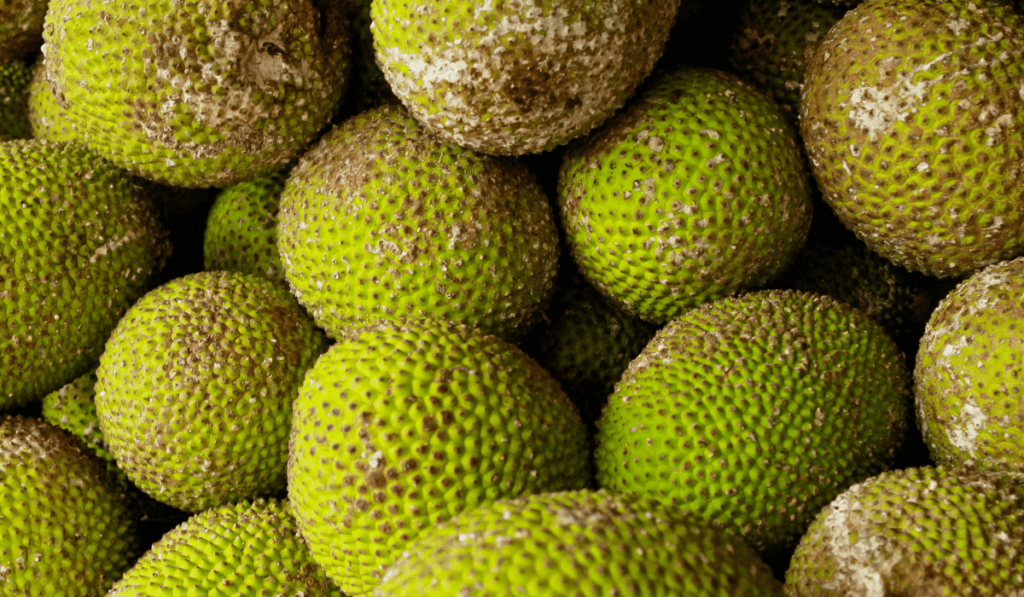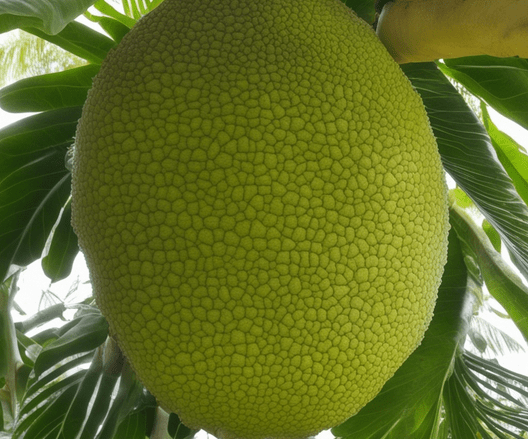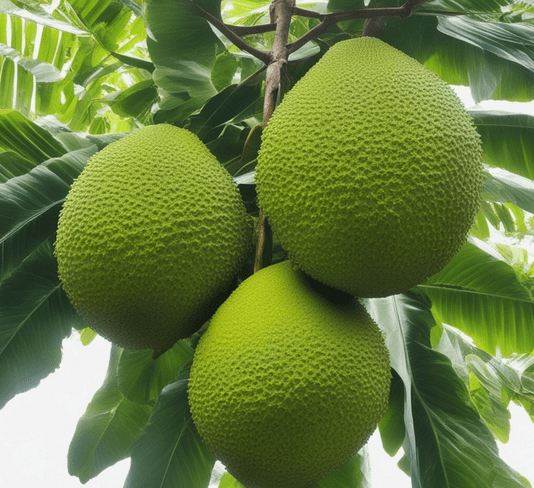Welcome to the world of breadfruit trees, tropical giants known for their lush foliage and nutritious fruit. As a staple in many tropical regions, the health of breadfruit trees is of paramount importance. This comprehensive guide aims to enlighten you about the ten most common diseases that afflict breadfruit trees, how to identify them, and effective management strategies.
Understanding Breadfruit Trees
Before diving into specific diseases, let’s understand the general characteristics of breadfruit trees. Known scientifically as Artocarpus altilis, these trees are revered in tropical agriculture for their versatility and ease of growth. However, like any plant, they are prone to certain diseases, which can impact both tree health and fruit yield.
The Importance of Disease Prevention
Effective disease management is crucial for maintaining a healthy breadfruit tree. Preventive measures not only ensure the longevity of the tree but also safeguard the quality of its fruit. Being proactive in disease management can save time and resources in the long run.
10 Common Diseases of Breadfruit Trees
1. Root Rot
Root Rot in breadfruit trees typically arises from overwatering or poor drainage, leading to decayed, mushy roots. The tree’s leaves may yellow, and its growth can be stunted. Managing this disease involves improving soil drainage and avoiding excessive watering. In severe cases, applying fungicides can help, but prevention through proper watering practices is most effective.
Identification: Root rot typically manifests as yellowing leaves, stunted growth, and branch dieback. In advanced stages, the roots become blackened and mushy.
Management Strategies: Ensure good drainage in the planting area. Avoid overwatering and consider using fungicides if the infection is severe.
2. Leaf Spot
Leaf Spot is marked by brown or black spots on leaves, often surrounded by a yellow halo. This fungal disease thrives in humid conditions. To control it, improve air circulation, prune affected leaves, and apply fungicides when necessary. Keeping the area clean and free of fallen leaves reduces the disease’s spread.
Identification: This disease is easily identified by the presence of brown or black spots on the leaves. The spots may have a yellow halo.
Management Strategies: Improve air circulation around the tree, prune infected leaves, and apply appropriate fungicides as needed.
3. Fruit Rot
Fruit Rot causes soft, dark areas on the breadfruit, usually due to excessive humidity or injury to the fruit. Managing this condition includes careful handling of the fruit to prevent damage, reducing humidity around the tree, and promptly removing any infected fruit to prevent the spread of the disease.
Identification: Fruit rot appears as soft, darkened areas on the breadfruit. It often occurs in overly humid conditions or when the fruit is injured.
Management Strategies: Handle fruit carefully to avoid injury, reduce humidity around the tree, and remove any affected fruit promptly.
4. Anthracnose
Anthracnose presents as dark, sunken lesions on leaves, stems, and fruit, sometimes oozing a pinkish fluid. The disease is managed by applying copper-based fungicides and practicing good sanitation, like removing fallen leaves and debris. Keeping the tree healthy and well-pruned also helps prevent infection.
Identification: Anthracnose causes dark, sunken lesions on leaves, stems, and fruit. The affected areas may ooze a pinkish fluid.
Management Strategies: Apply copper-based fungicides and ensure proper sanitation by removing fallen leaves and debris.
5. Stem Canker
Stem Canker is identified by sunken, dark areas on the trunk and branches, possibly oozing sap. The disease can cause significant branch dieback. Management involves pruning infected limbs, protecting the tree from injury, and applying wound dressings to cuts to prevent infection.
Identification: Look for sunken, darkened areas on the trunk and branches. The cankers may ooze sap and cause dieback.
Management Strategies: Prune out infected limbs, avoid injury to the tree, and apply wound dressings on cuts.
6. Powdery Mildew
Powdery Mildew appears as a white, powdery substance on leaves and shoots, flourishing in dry, shaded conditions. Increasing sun exposure, reducing humidity, and applying sulfur-based fungicides are effective control measures. Regular monitoring and timely treatment are crucial for management.
Identification: This fungal disease presents as a white, powdery substance on leaves and shoots. It thrives in dry, shady conditions.
Management Strategies: Increase sun exposure, reduce humidity, and use sulfur-based fungicides for control.
7. Rust
Rust disease produces orange or yellowish pustules on the undersides of leaves, potentially leading to defoliation. Control involves removing infected leaves and applying specific fungicides containing myclobutanil or triadimefon. Preventing rust requires regular tree inspection and immediate treatment of symptoms.
Identification: Rust manifests as orange or yellowish pustules on the undersides of leaves. Severe infections can defoliate the tree.
Management Strategies: Remove infected leaves and apply fungicides containing myclobutanil or triadimefon.
8. Blight
Blight is a rapid, destructive disease causing sudden wilting and browning of leaves. It’s essential to quarantine affected trees, remove and destroy infected parts, and apply bactericides if necessary. Blight can spread quickly, so prompt action and preventive measures are key.
Identification: Blight causes sudden wilting and browning of leaves, often spreading rapidly throughout the tree.
Management Strategies: Implement strict quarantine measures for affected trees, remove and destroy infected parts, and apply bactericides if necessary.
9. Mosaic Virus
Mosaic Virus causes a mottled or distorted pattern on leaves, stunting growth and reducing yield. There’s no cure for this viral infection, so prevention is crucial. Control insect vectors that spread the virus and remove infected trees to prevent further contagion.
Identification: Mosaic virus creates a mottled or distorted pattern on the leaves, stunting growth and reducing fruit yield.
Management Strategies: There is no cure for viral infections. Prevent spread by controlling insect vectors and removing affected trees.
10. Bacterial Wilt
Bacterial Wilt swiftly leads to the wilting and yellowing of leaves, often without spotting, and can quickly kill the tree. Improve soil drainage and avoid waterlogging to manage this disease. Using disease-free planting material and practicing good sanitation can prevent bacterial wilt.
Identification: Bacterial wilt causes rapid wilting and yellowing of leaves without leaf spotting. The tree may die quickly once symptoms appear.
Management Strategies: Improve soil drainage, avoid waterlogging, and use disease-free planting material.
Integrated Disease Management
When it comes to safeguarding the health of breadfruit trees, an integrated approach to disease management is essential. This holistic strategy combines cultural practices, biological controls, and, when necessary, chemical treatments to effectively manage and prevent diseases.
Holistic Approach to Disease Management
Cultural Practices
- Proper Spacing: Adequate spacing between trees is crucial. It ensures good air circulation, reducing the humidity that many pathogens thrive on.
- Sanitation: Regularly remove and dispose of any fallen leaves, fruit, or branches. This practice helps to minimize the habitat for pests and disease agents.
- Water Management: Over-watering can lead to root rot, while under-watering can stress the tree, making it more susceptible to diseases. Implementing a consistent watering schedule based on the tree’s needs and environmental conditions is key.
- Soil Health: Maintaining fertile, well-drained soil is essential for the overall health of the tree. Soil amendments, like compost or organic matter, can improve soil structure and nutrient content.



